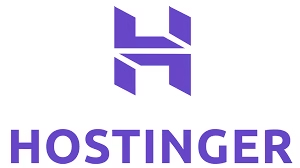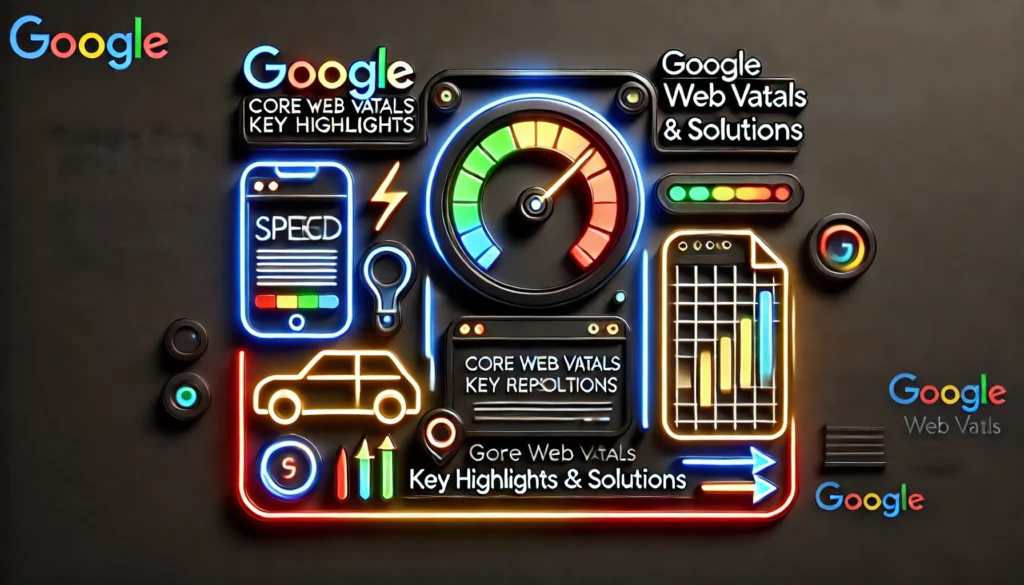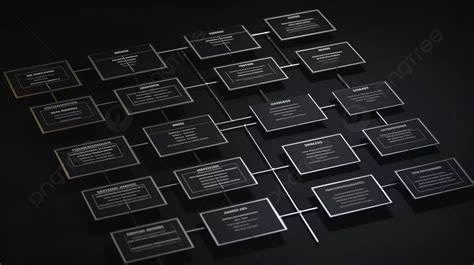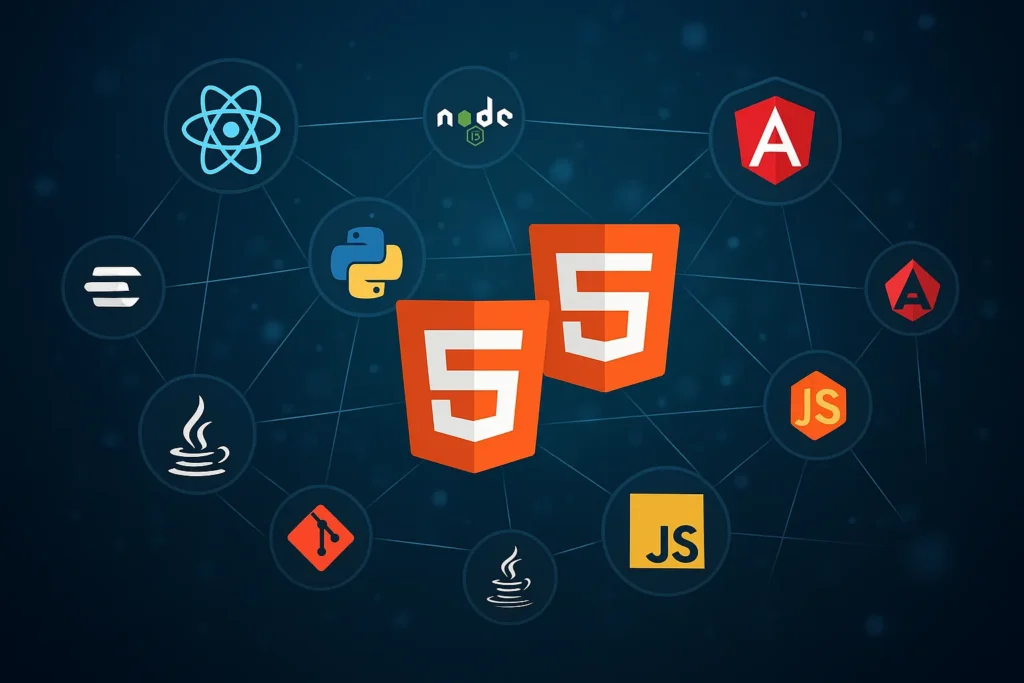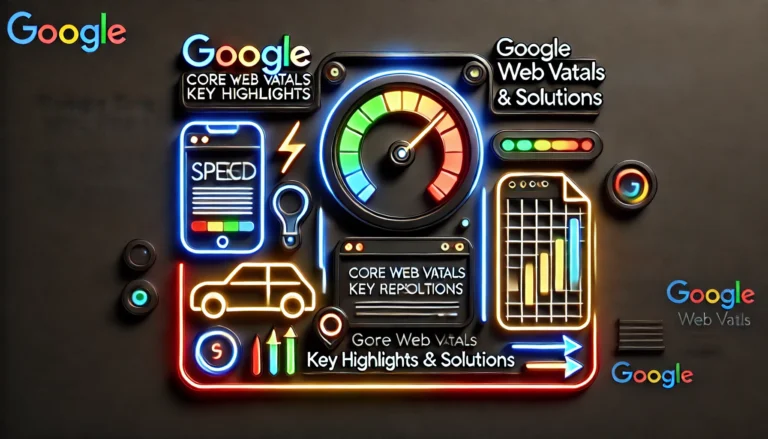The conventional web development landscape demands sophisticated layout methodologies that transcend traditional positioning paradigms. Modern CSS presents developers with two formidable layout systems: CSS Grid and Flexbox. These complementary technologies have revolutionised how we conceptualise and implement responsive web design layout architectures.
Mastering CSS Grid and Flexbox is essential for creating modern, responsive layouts. Both CSS Grid and Flexbox provide unique advantages in layout design, allowing developers to optimize their workflow and enhance user experience.
Utilizing CSS Grid and Flexbox effectively can significantly improve the adaptability of web layouts. Understanding which system to apply in various scenarios can elevate your web development skills.
Understanding the nuanced applications of each layout system represents a quintessential competency for web developers navigating the complexities of 2025’s digital ecosystem. This comprehensive exploration delves into the intricacies of both methodologies, examining their optimal use cases, syntactical implementations, and strategic deployment patterns.
In today’s digital landscape, proficiency in CSS Grid and Flexbox is not just beneficial but necessary for web developers aiming for excellence.
CSS Grid and Flexbox allow for distinct layout strategies that cater to various design needs, making them essential tools in a developer’s toolkit.
CSS Grid and Flexbox are not just buzzwords; they represent a paradigm shift in how we approach layout design in web development.
By leveraging CSS Grid and Flexbox’s unique capabilities, developers can create visually appealing and functional designs.
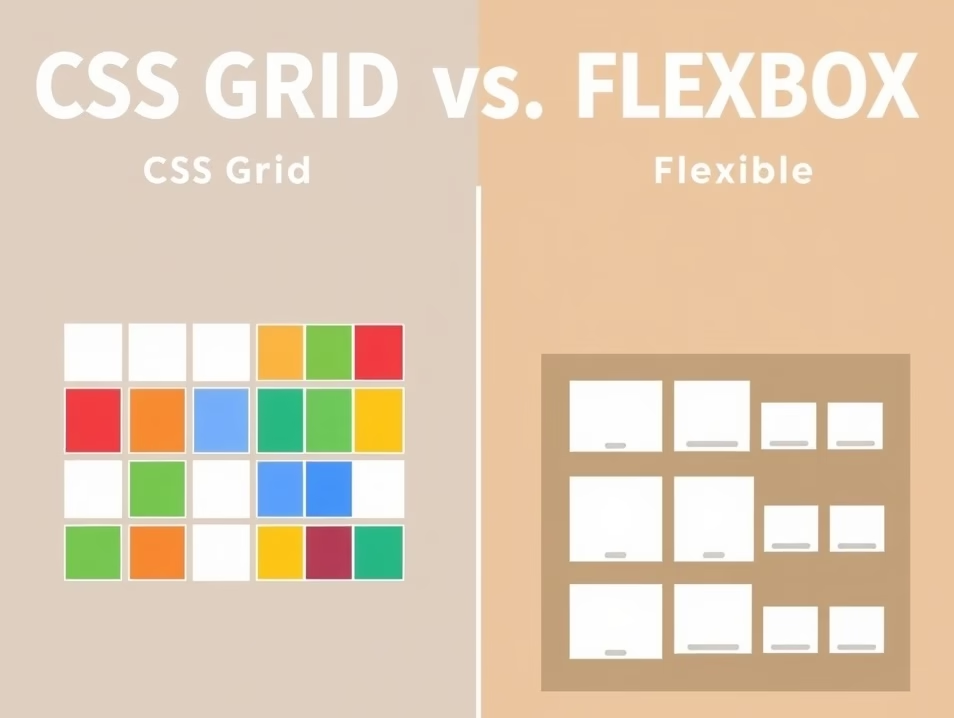
Understanding the Fundamentals of Modern Layout Systems
With CSS Grid and Flexbox, you can achieve more sophisticated layouts while maintaining simplicity in your code structure.
CSS Grid and Flexbox also facilitate seamless transitions between different layout structures, adapting to content changes dynamically.
The evolution from float-based layouts to contemporary CSS positioning mechanisms marks a paradigmatic shift in web design philosophy. Traditional layout approaches often necessitated convoluted workarounds and brittle implementations. Modern CSS introduces semantic clarity and robust functionality through dedicated layout system architectures.
Utilizing CSS Grid and Flexbox together can yield powerful layouts that are both responsive and adaptable to user interactions.
CSS Grid operates as a two-dimensional layout system, enabling simultaneous control over both row and column positioning. This bidirectional control mechanism facilitates complex grid structures with minimal markup overhead. Conversely, Flexbox functions as a unidirectional layout system, excelling in single-axis alignment and distribution scenarios.
The distinction between these methodologies extends beyond dimensional constraints. Grid systems excel in macro-layout scenarios where precise positioning across multiple axes proves essential. Flexbox demonstrates superiority in component-level layouts requiring dynamic content adaptation and alignment flexibility.
CSS Grid: Architectural Foundation for Complex Layouts
The display grid property transforms ordinary containers into sophisticated grid contexts, establishing both explicit and implicit track systems. Grid containers define the structural framework, while grid items populate designated areas according to placement algorithms and developer specifications.
Grid template areas provide semantic layout definitions through named regions, enhancing code readability and maintenance efficiency. This nomenclature-based approach enables intuitive responsive layout modifications without extensive property recalculations.
css
.grid-container {
display: grid;
grid-template-columns: repeat(auto-fit, minmax(250px, 1fr));
grid-template-areas:
"header header header"
"sidebar content content"
"footer footer footer";
gap: 1.5rem;
}Implicit grid behavior automatically generates tracks for overflow content, ensuring layout integrity even with dynamic content volumes. The auto-placement algorithm intelligently positions items within available grid spaces, reducing manual positioning requirements.
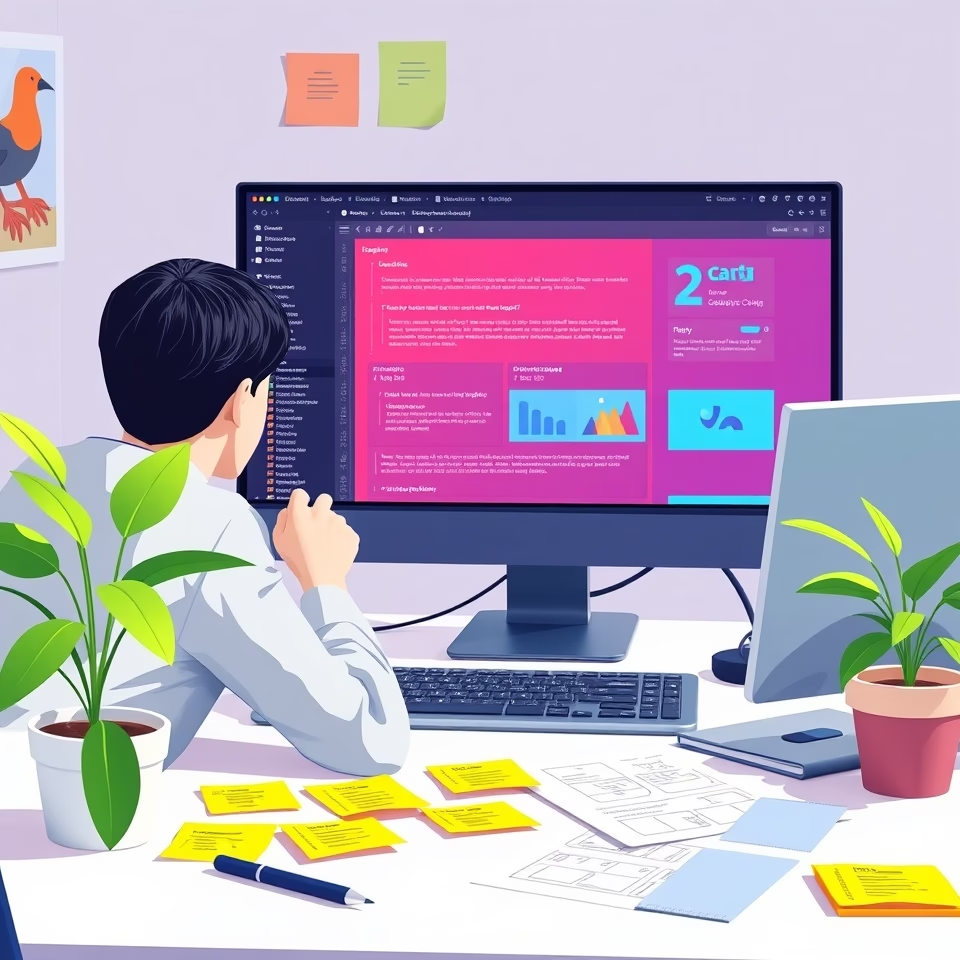
Both CSS Grid and Flexbox are integral for modern web design, enabling developers to create layouts that work seamlessly across devices.
Adopting CSS Grid and Flexbox allows for innovative approaches to layout that keep pace with evolving web standards.
The combination of CSS Grid and Flexbox equips developers with the tools needed for crafting intricate and responsive designs.
Mastering CSS Grid and Flexbox opens up numerous possibilities in web layout design, providing flexibility and efficiency.
Understanding CSS Grid and Flexbox is essential to creating intuitive responsive designs that cater to user needs.
Incorporating CSS Grid and Flexbox principles can elevate your web projects, making them more user-friendly and visually appealing.
Subgrid functionality, increasingly supported across modern browsers, enables nested grid structures to inherit parent grid track definitions. This capability eliminates alignment inconsistencies between hierarchical grid levels, producing cohesive multi-level layouts.
Flexbox: Dynamic Content Distribution Mastery
Flex container properties establish flexible layout contexts optimized for content-driven positioning. The flex-direction property determines the primary axis orientation, while justify-content and align-items control content distribution along respective axes.
Flex items possess intrinsic growth and shrink behaviors, automatically adjusting dimensions based on available space and content requirements. The flex property combines growth, shrink, and basis values into a concise shorthand declaration.
css
.flex-container {
display: flex;
flex-direction: row;
justify-content: space-between;
align-items: center;
flex-wrap: wrap;
}
.flex-item {
flex: 1 1 auto;
min-width: 200px;
}
Flex-wrap enables content overflow management through automatic line breaks, maintaining container integrity while accommodating varying content volumes. This wrapping behavior proves essential for responsive layout implementations requiring adaptive content organization.
The align-self property provides individual item alignment overrides, enabling granular control within flex contexts. This selective positioning capability addresses unique alignment requirements without affecting sibling elements.
Grid vs Flexbox: Strategic Selection Criteria
The decision between CSS Grid and Flexbox depends on specific layout requirements and dimensional constraints. Grid systems excel in scenarios requiring bidimensional control, complex area definitions, and fixed structural relationships. Flexbox demonstrates superiority in unidimensional scenarios emphasising content flow, alignment, and distribution.
Consider Grid for magazine-style layouts, dashboard interfaces, and complex form structures where precise positioning across multiple axes proves critical. Flexbox suits navigation bars, card layouts, and component arrangements where content adaptation and alignment flexibility take precedence.
Hybrid approaches combining both systems often yield optimal results. Grid can establish macro-level structure while Flexbox handles micro-level component organization within grid areas. This layered methodology maximizes each system’s strengths while mitigating individual limitations.
Advanced CSS Tricks for Modern Web Design Layout
Container queries represent an emerging paradigm enabling responsive design based on container dimensions rather than viewport measurements. This approach facilitates more granular responsive behavior, particularly valuable in component-based architectures.

CSS custom properties (variables) enhance layout system maintainability by centralizing dimensional values and enabling dynamic adjustments. Grid track sizes and flex basis values benefit significantly from variable-based implementations.
css
:root {
--grid-columns: 3;
--gap-size: 1rem;
--min-item-width: 250px;
}
.responsive-grid {
display: grid;
grid-template-columns: repeat(var(--grid-columns), 1fr);
gap: var(--gap-size);
}
@media (max-width: 768px) {
:root {
--grid-columns: 2;
--gap-size: 0.5rem;
}
}
Logical properties provide writing-mode independence, ensuring layout compatibility across diverse linguistic contexts. Properties like margin-inline-start and padding-block-end adapt automatically to text direction and writing mode configurations.
Implementing Responsive Layout Strategies
Adopting CSS Grid and Flexbox can streamline your development process, making it easier to create complex layouts efficiently.
Responsive layout implementation requires strategic breakpoint selection and adaptive grid configurations. Auto-fit and auto-fill keywords enable dynamic column adjustment based on available space and minimum item dimensions.
The minmax() function provides flexible sizing constraints, establishing minimum and maximum bounds while allowing intermediate values. This functionality proves essential for maintaining layout proportions across diverse screen dimensions.
Fractional units (fr) distribute available space proportionally among grid tracks, ensuring consistent relative sizing regardless of container dimensions. Combined with fixed units, fractional values create hybrid sizing systems balancing flexibility with predictability.
Understanding the nuances of CSS Grid and Flexbox will set you apart in the competitive field of web development.
css
.adaptive-layout {
display: grid;
grid-template-columns:
minmax(200px, 1fr)
minmax(300px, 2fr)
minmax(150px, 1fr);
gap: clamp(0.5rem, 2vw, 2rem);
}
Viewport-based units (vw, vh, vmin, vmax) enable truly responsive dimensions that scale with browser window size. The clamp() function provides bounded responsive values, preventing excessive scaling while maintaining proportional relationships.
Performance Considerations and Optimisation Techniques
Layout system performance impacts overall rendering efficiency and user experience quality. Grid and Flexbox implementations generate different computational overhead patterns depending on content complexity and structural relationships.
Avoiding layout thrashing through strategic property selection minimizes reflow operations. Properties triggering layout recalculation should be modified sparingly, particularly in animation contexts where performance sensitivity increases.
CSS containment properties isolate layout calculations within designated boundaries, preventing cascading recalculation effects. The contain: layout declaration restricts layout impact to specific container scopes, enhancing overall page performance.
Transform-based animations outperform layout-triggering property modifications by operating on the compositor layer. Positioning adjustments through transform: translate() avoid layout recalculation entirely, maintaining smooth animation performance.
Browser Compatibility and Progressive Enhancement
Gaining expertise in CSS Grid and Flexbox not only enhances your development skills but also improves your design thinking.
Modern browser support for Grid and Flexbox has achieved near-universal coverage, with legacy browser considerations primarily affecting older Internet Explorer versions. Feature queries enable progressive enhancement strategies, ensuring graceful degradation for unsupported environments.

CSS Grid and Flexbox serve as fundamental techniques for any developer looking to master modern web design.
css
.layout-container {
/* Fallback layout */
float: left;
width: 33.333%;
}
@supports (display: grid) {
.layout-container {
float: none;
width: auto;
display: grid;
grid-template-columns: repeat(3, 1fr);
}
}
Vendor prefixes remain necessary for certain experimental features, though standardised Grid and Flexbox properties require no prefixing in contemporary browsers. Autoprefixing tools automatically manage vendor-specific implementations during build processes.
Leveraging CSS Grid and Flexbox allows developers to create layouts that not only look good but also function well across all devices.
To truly harness the power of CSS Grid and Flexbox, one must explore their capabilities beyond basic usage.
CSS Grid and Flexbox technologies are essential for developers aiming to create modern, responsive websites.
Progressive web application contexts benefit from consistent layout behaviour across diverse device capabilities and browser versions. Feature detection enables adaptive functionality deployment based on runtime capabilities rather than user agent assumptions.
Accessibility Implications in Modern Layout Systems
Layout system implementations must consider assistive technology compatibility and navigation patterns. Visual arrangement should align with logical document flow to ensure screen reader comprehension and keyboard navigation consistency.
For complex layouts requiring precision, CSS Grid and Flexbox provide the necessary tools to achieve your design goals.
Grid area naming enhances semantic meaning while maintaining separation between visual presentation and document structure. Meaningful area names like “navigation,” “content,” and “complementary” provide contextual information for assistive technologies.
Focus management within complex layouts requires careful consideration of tab order and visual focus indicators. CSS Grid and Flexbox can disrupt default focus flow, necessitating explicit tabindex management in certain configurations.
Color contrast and spatial relationships established through layout systems must meet accessibility guidelines while maintaining aesthetic objectives. Sufficient spacing and clear visual hierarchies support users with various visual capabilities and cognitive processing patterns.
Future Trends and Emerging Layout Capabilities
CSS Subgrid adoption continues expanding, enabling more sophisticated nested grid relationships and alignment capabilities. This functionality eliminates many current Grid limitation scenarios while maintaining implementation simplicity.
Container queries represent a transformative shift toward component-centric responsive design, moving beyond viewport-based breakpoints toward content-aware adaptation. This evolution aligns with component-based development methodologies prevalent in modern frameworks.
Cascade layers provide enhanced specificity management, enabling more predictable CSS architecture in complex applications. Layout system implementations benefit from clearer inheritance patterns and reduced specificity conflicts.
Intrinsic web design principles emphasise content-driven layout adaptation rather than fixed breakpoint systems. This philosophy leverages CSS Grid and Flexbox capabilities to create truly adaptive interfaces responding to content characteristics and user preferences.
Practical Implementation Examples and Best Practices
Real-world layout implementation requires balancing theoretical understanding with pragmatic constraints. Performance requirements, content variability, and maintenance considerations influence architectural decisions beyond pure technical capabilities.
Component library integration benefits from consistent layout pattern establishment across application contexts. Standardised Grid and Flexbox implementations reduce cognitive overhead while ensuring visual consistency and behavioural predictability.
Master CSS Grid and Flexbox for Modern Layouts in 2025. CSS Grid and Flexbox are the essential tools for any modern web developer.
Testing strategies should encompass diverse content scenarios, screen dimensions, and interaction patterns. Layout systems must accommodate variations in content volume, dynamic updates, and accessibility requirements across different implementation contexts.
To fully exploit CSS Grid and Flexbox’s potential, engage in continuous learning and experimentation with their capabilities.
Frequently Asked Questions

CSS Grid and Flexbox are powerful allies in achieving flexible, responsive designs that adapt beautifully to any screen size.
As you become adept in CSS Grid and Flexbox, your ability to create stunning layouts will enhance significantly.
- When should I use CSS Grid versus Flexbox?
- A: Use CSS Grid for two-dimensional layouts requiring precise control over rows and columns, such as complex page structures or dashboard interfaces. Choose Flexbox for one-dimensional layouts focusing on content flow and alignment, like navigation bars or card arrangements. Many modern implementations benefit from combining both systems strategically.
- How do I create a responsive layout using CSS Grid?
- A: Implement responsive Grid layouts using auto-fit or auto-fill keywords with minmax() functions. For example, grid-template-columns: repeat(auto-fit, minmax(250px, 1fr)) creates columns that automatically adjust quantity based on available space while maintaining minimum widths. Combine with media queries for breakpoint-specific adjustments.
- What’s the difference between auto-fit and auto-fill in CSS Grid?
- A: Auto-fill creates as many tracks as possible, even if empty, maintaining consistent track count regardless of content. Auto-fit collapses empty tracks, allowing remaining tracks to expand and fill available space. Use auto-fill for consistent spacing and auto-fit for content-driven layouts where empty space should be redistributed.
- Can I use CSS Grid and Flexbox together in the same layout?
- A: Absolutely. Combining Grid and Flexbox leverages each system’s strengths effectively. Use Grid for overall page structure and Flexbox within grid areas for component-level layouts. This hybrid approach provides macro-level control through Grid while maintaining micro-level flexibility through Flexbox.
- How do I center content both horizontally and vertically using Flexbox?
- A: Apply display: flex, justify-content: center, and align-items: center to the parent container. This centers content along both axes regardless of container size. For single items, you can also use margin: auto on the flex item within a flex container for similar results.
- What are the browser support requirements for CSS Grid and Flexbox?
- A: Modern browsers provide excellent support for both Grid and Flexbox. CSS Grid is supported in all browsers released after 2017, while Flexbox has even broader compatibility. For legacy browser support, implement feature queries (@supports) with appropriate fallbacks using float or inline-block layouts.
- How do I debug CSS Grid and Flexbox layouts effectively?
- A: Use browser developer tools’ Grid and Flexbox inspection features, which visualise track lines, gaps, and item boundaries. Chrome, Firefox, and Safari offer dedicated layout debugging tools. Additionally, temporarily add background colors or borders to containers and items to understand spatial relationships during development.
- What’s the performance impact of using CSS Grid versus Flexbox?
- A: Both Grid and Flexbox are highly optimized in modern browsers with minimal performance differences for typical use cases. Grid calculations are slightly more complex due to two-dimensional nature, but differences are negligible except in extremely complex layouts. Focus on avoiding layout thrashing through strategic property selection rather than system choice.
- How do I handle content overflow in Grid and Flexbox layouts?
- A: For Grid, use grid-auto-rows or grid-auto-columns to define implicit track sizing for overflow content. Enable overflow: auto on containers for scrollable regions. In Flexbox, use flex-wrap: wrap to allow items to flow to new lines, or set specific min-width values to prevent excessive shrinking.
- Can I animate CSS Grid and Flexbox properties?
- A: Many Grid and Flexbox properties can be animated, including gap, grid-template-columns (with same track count), and flex-basis. However, avoid animating properties that trigger layout recalculation for performance reasons. Use transform properties for position changes and consider CSS custom properties for animating dimensional values smoothly.

